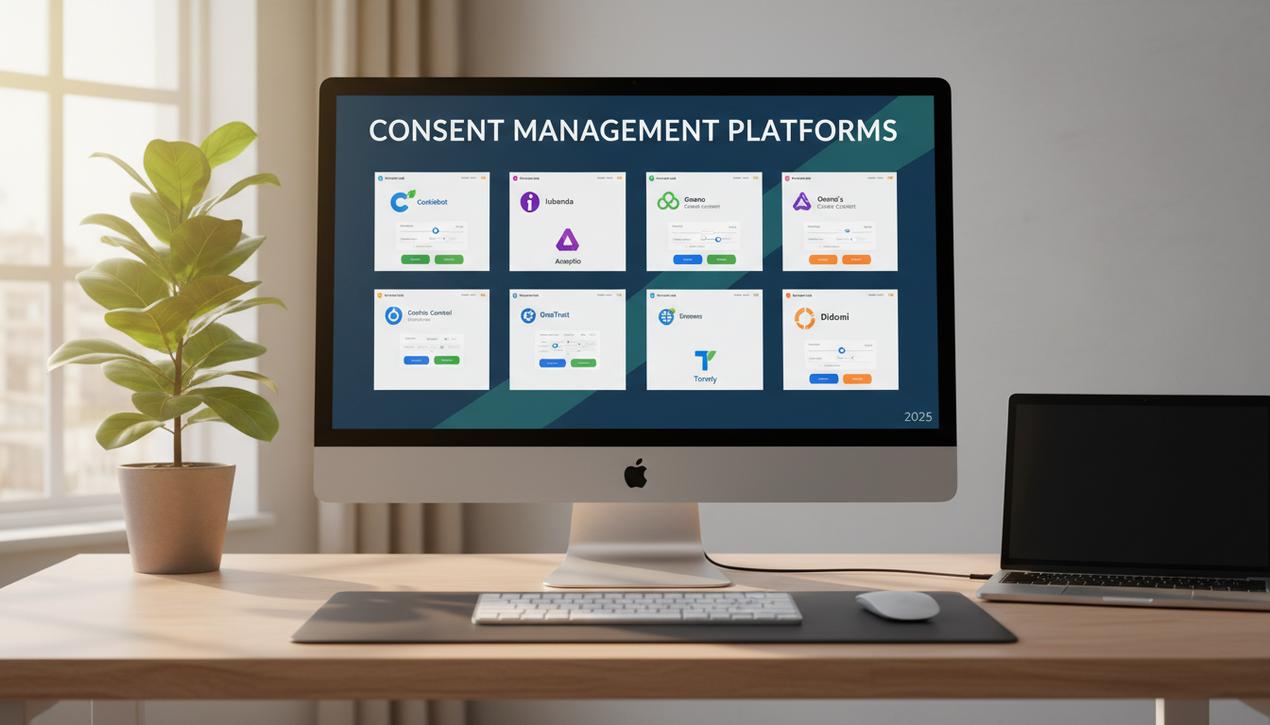2025 Social Media Trends: 15 to Master Now


As the digital universe expands at a dizzying pace, social media remains its vibrant epicenter, constantly reshaping how we connect, consume, and create. In 2025, the social media landscape is no longer just a stage for visibility; it’s a complex ecosystem where artificial intelligence, integrated commerce, and radical authenticity reign supreme. The numbers are staggering: with over 5 billion active users worldwide spending an average of 2 hours and 27 minutes daily on these platforms, ignoring the latest dynamics is a risk no business can afford. This year is proving to be a watershed moment, defined by the maturation of generative AI, the explosion of a social commerce market set to exceed $3 trillion, and an insatiable demand for immersive video content. This guide delves into the 15 pivotal trends that will define winning social media strategies in 2025 and beyond.
AI: The New Co-Pilot for Every Social Strategy
Artificial intelligence has graduated from a novel concept to a foundational tool integrated into every facet of social media management. In 2025, its adoption is not just widespread but sophisticated, offering unprecedented gains in productivity and creativity.
1. AI-Powered Content Creation
Generative AI tools like ChatGPT, Jasper, and Midjourney are now standard in a community manager’s toolkit. They assist in brainstorming post ideas, drafting copy, translating content, and even creating unique brand visuals. The trend is moving beyond experimentation to seamless integration, enabling teams to maintain a high publishing cadence without sacrificing quality or brand voice.
2. Automated Social Customer Service
Consumer expectations for immediacy are at an all-time high, with nearly 90% demanding a near-instant response to inquiries. AI-powered chatbots on platforms like Messenger, Instagram DMs, and WhatsApp now handle routine queries 24/7. This frees up human agents to manage complex issues, drastically improving customer satisfaction and response times.
3. Predictive Analytics for Performance Optimization
Beyond content creation, AI is now used to sift through massive datasets to predict campaign performance, identify optimal posting times, and detect emerging conversations within a community. This predictive power, often visualized via effective data dashboards, allows marketers to fine-tune their strategies in real-time, ensuring maximum return on investment.
Social Commerce: The Seamless Path from Scroll to Purchase
The line between social media and e-commerce has effectively vanished. Platforms are no longer just top-of-funnel channels driving traffic elsewhere; they have become powerful, self-contained points of sale.
4. The Rise of In-App Shopping
Platforms like Instagram, TikTok, and Pinterest have perfected their native “checkout” features. Users can now discover, select, and purchase products in a fluid experience without ever leaving the app. This frictionless journey significantly reduces cart abandonment and boosts conversion rates.
5. Live Shopping 2.0
The modern-day evolution of television shopping channels continues its ascent. Live shopping events allow brands to showcase products in real-time, interact with viewers, and generate a sense of urgency. In 2025, these events are becoming more polished, featuring high-quality production and strategic collaborations with influencers to host engaging, interactive sales sessions.
6. Augmented Reality for Virtual Try-Ons
Augmented Reality (AR) filters are bridging the gap between digital and physical retail. Consumers can now “try on” makeup, sunglasses, or even preview furniture in their homes directly through their smartphone cameras. This immersive technology removes a key barrier to online purchasing and creates a memorable, playful customer experience.
Video Content: The Undisputed King of Engagement
Video is no longer just a trend; it is the default language of social media. Its dominance is absolute, with a clear and unwavering preference for short-form, vertical formats.
7. The Supremacy of Short-Form Vertical Video
The battle for attention between TikTok, Instagram Reels, and YouTube Shorts continues to rage. This “snackable” content format is perfectly tailored for mobile consumption and has become essential for reaching younger demographics. Platform algorithms heavily favor these videos, making them critical for organic reach.
8. The Professionalization of “Raw” Content
While authenticity remains paramount, audience expectations for quality have risen. Good lighting, clear audio, and dynamic editing are now the baseline standard, even for content that appears spontaneous. Brands and creators are investing in lightweight, high-quality gear to produce professional-looking content on the go.
Authenticity and Community: A Return to Human Connection
In an ocean of algorithmically-served content, users are craving genuine connection and sincere interaction. Trust and relatability have become the most valuable currencies.
9. The Ascendancy of Micro and Nano-Influencers
Audiences are increasingly skeptical of mega-celebrities with countless brand deals. Instead, trust is shifting to niche influencers (micro: 10k-100k followers; nano: 1k-10k followers) who are seen as more authentic and relatable. Their engagement rates are often significantly higher because their communities are built on genuine expertise and trust.
10. LinkedIn as a B2B Storytelling Hub
Shedding its reputation as a static online resume, LinkedIn has transformed into the primary stage for the “build in public” movement. Entrepreneurs and industry leaders share their successes, failures, and learnings with transparency. This authentic storytelling humanizes B2B brands and cultivates highly engaged professional communities.
11. User-Generated Content (UGC) as a Pillar of Trust
Content created by customers is the most powerful form of social proof. In 2025, smart brands are actively encouraging their users to share photos and videos featuring their products. Reposting this UGC on official channels is a win-win strategy: it’s authentic, cost-effective, and builds a strong sense of community.
The New Frontiers of Social Interaction
Social platforms are expanding their utility, evolving into search engines and fostering the growth of private, focused communities.
12. Social SEO: The Rise of Social Search Engines
A growing number of users, particularly Gen Z, now turn to TikTok and Instagram instead of Google for quick, visual searches—whether for recipes, travel recommendations, or product reviews. This behavior requires a new approach: Social SEO. Brands must optimize their content with relevant keywords in captions, on-screen text, and hashtags to ensure discoverability.
13. The Boom of Niche Communities on Discord and Telegram
Brands are moving beyond broadcasting messages to building deep relationships with their most loyal fans. Platforms like Discord and broadcast channels on Instagram and Telegram allow for the creation of exclusive spaces for direct engagement, behind-the-scenes content, and co-creation opportunities with a brand’s most dedicated followers.
14. The Metaverse: A Slow Burn
Once hailed as the next digital revolution, the metaverse has yet to achieve mass adoption. While tech giants like Meta continue to invest heavily, its use remains confined to niche communities, particularly in the gaming sector. For most brands, the metaverse remains a territory for small-scale experimentation rather than a core strategic channel.
15. Social Advertising in a Post-Cookie World
With the phase-out of third-party cookies and the need for robust cookie consent tools, the first-party data collected by social media platforms has become even more valuable. Advertisers are leaning heavily on tools like lookalike audiences, retargeting users who have interacted with their content, and uploading their own customer lists to run effective, highly targeted ad campaigns.
The social media ecosystem of 2025 is more dynamic and demanding than ever. The strategies that will triumph are those that skillfully blend the efficiency of AI with the warmth of human authenticity, convert attention into action through seamless social commerce, and prioritize building loyal communities over chasing fleeting audiences. Adapting to these trends, while learning from major international marketing fails, is no longer about staying relevant—it is fundamental to thriving in tomorrow’s digital economy.




